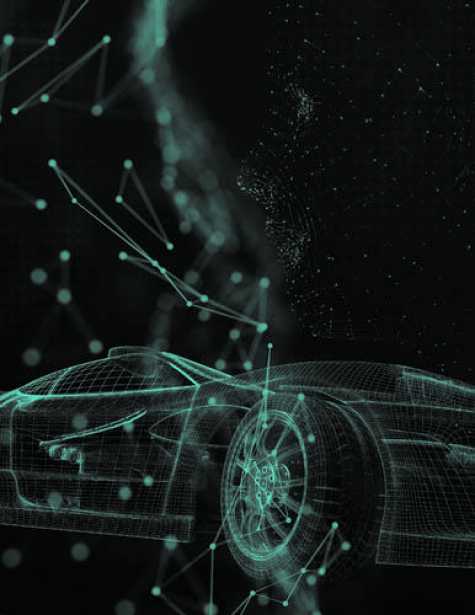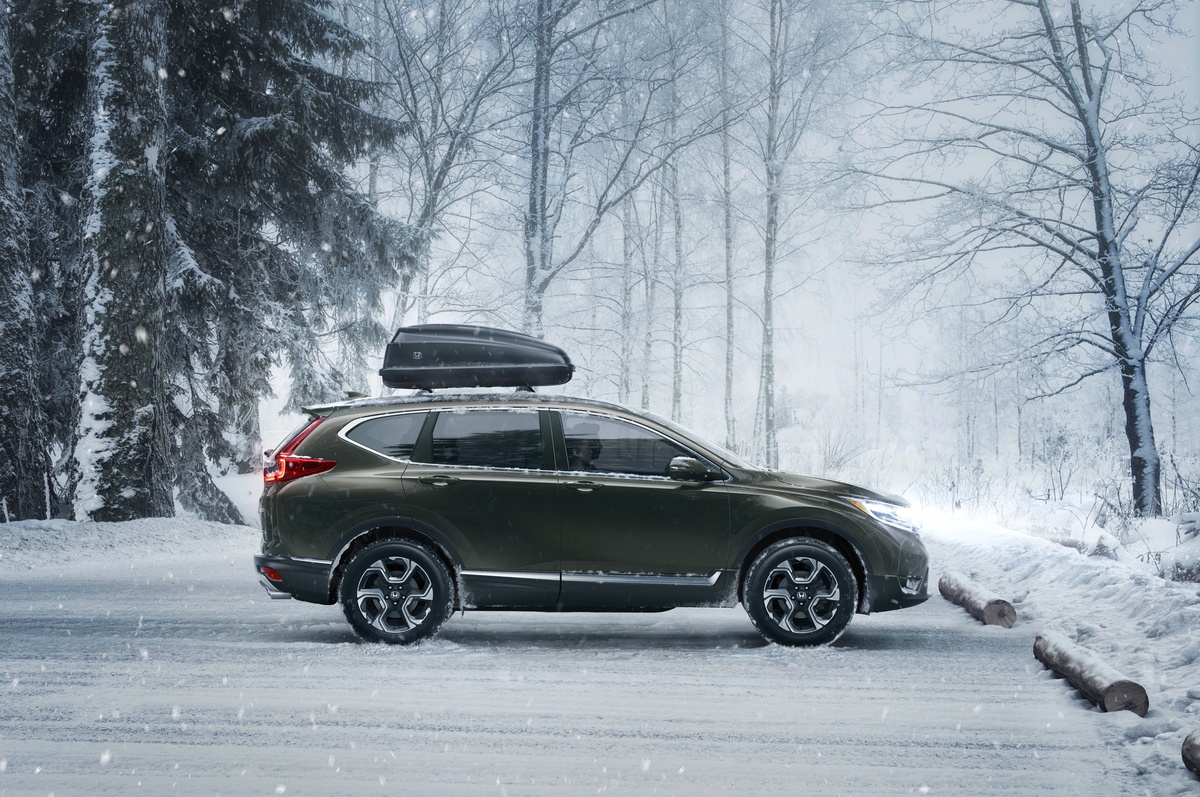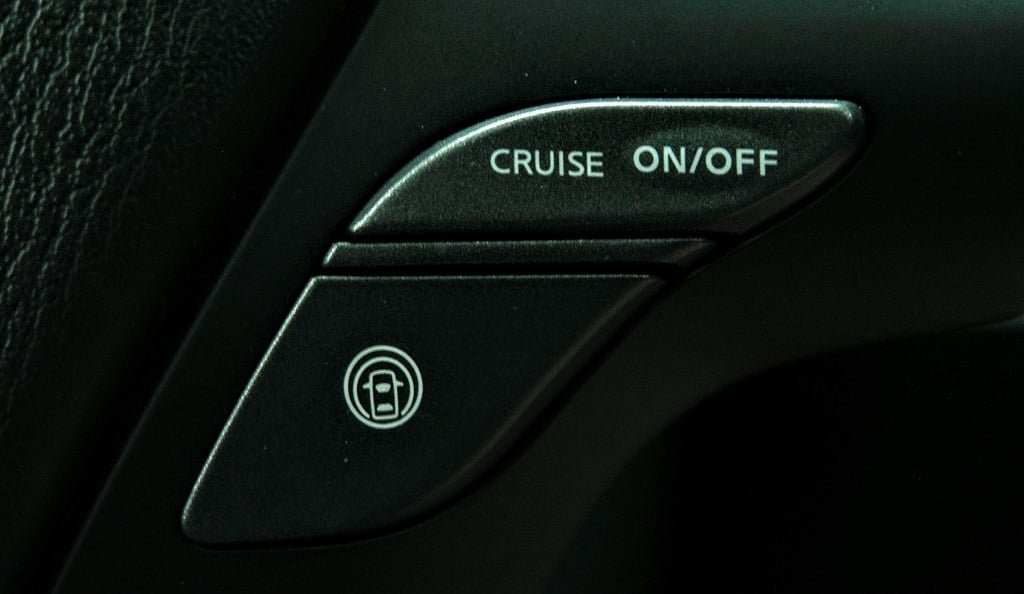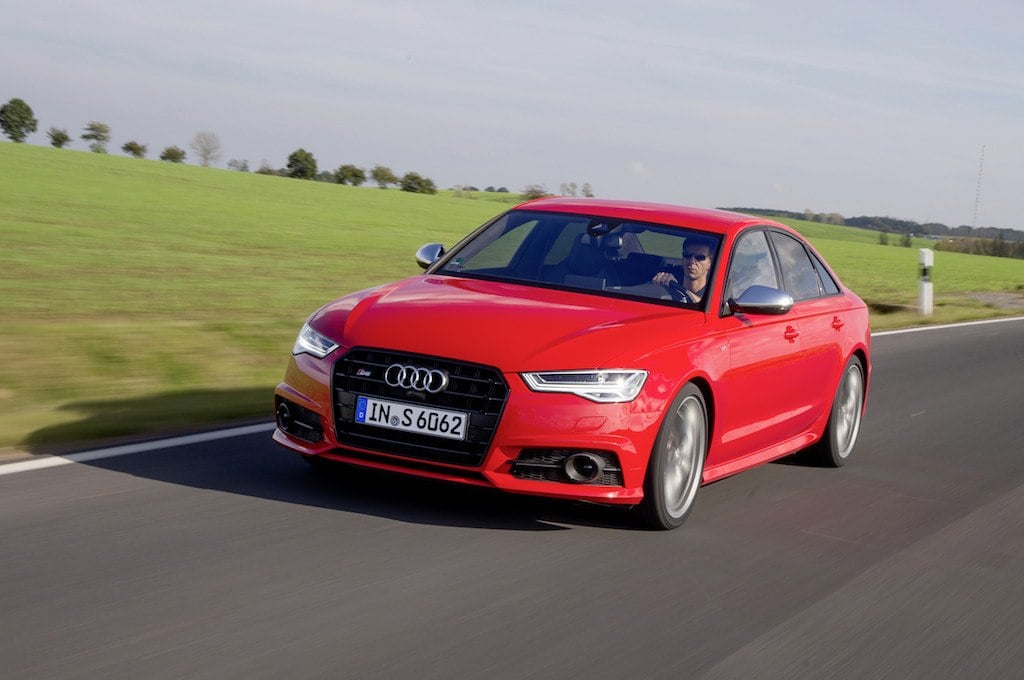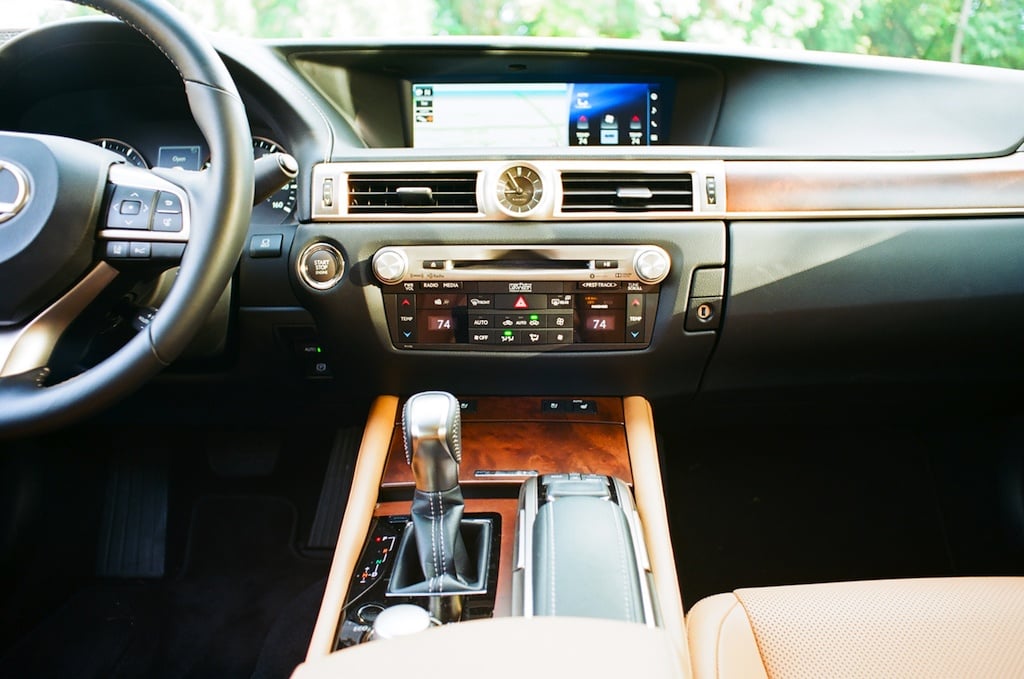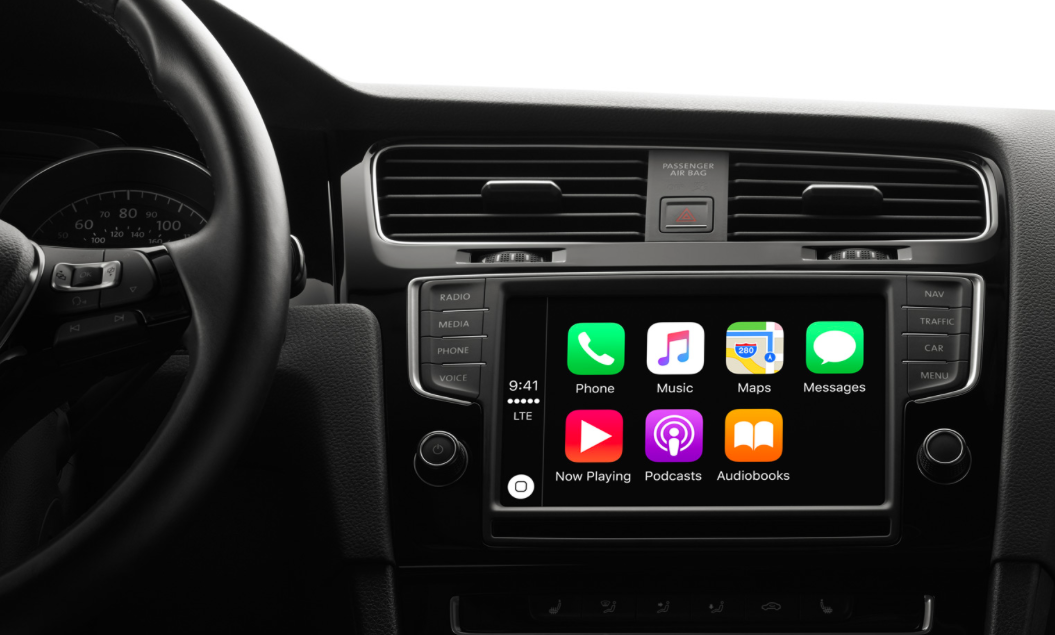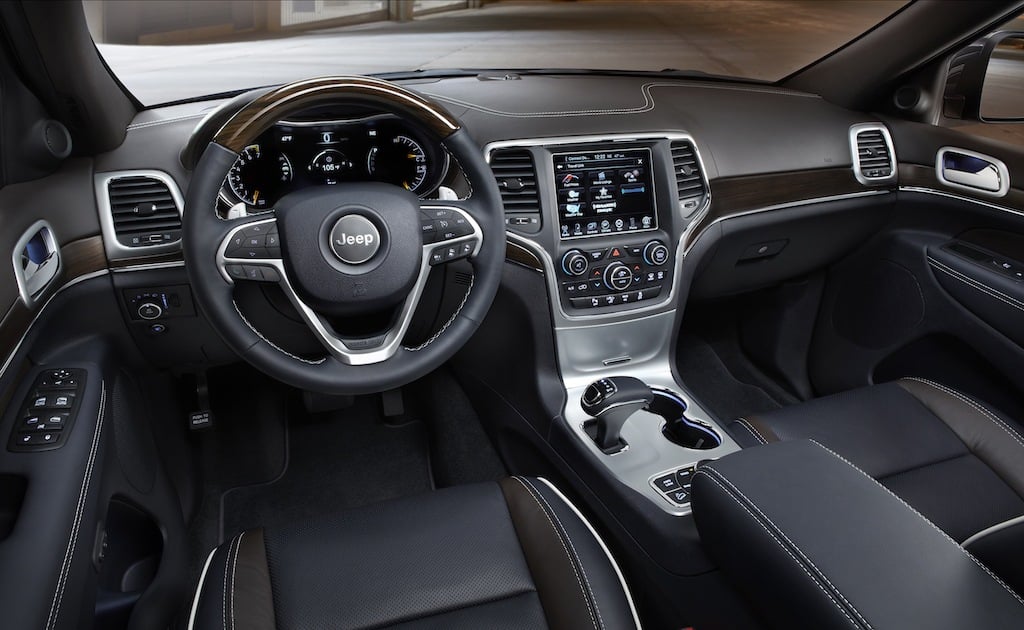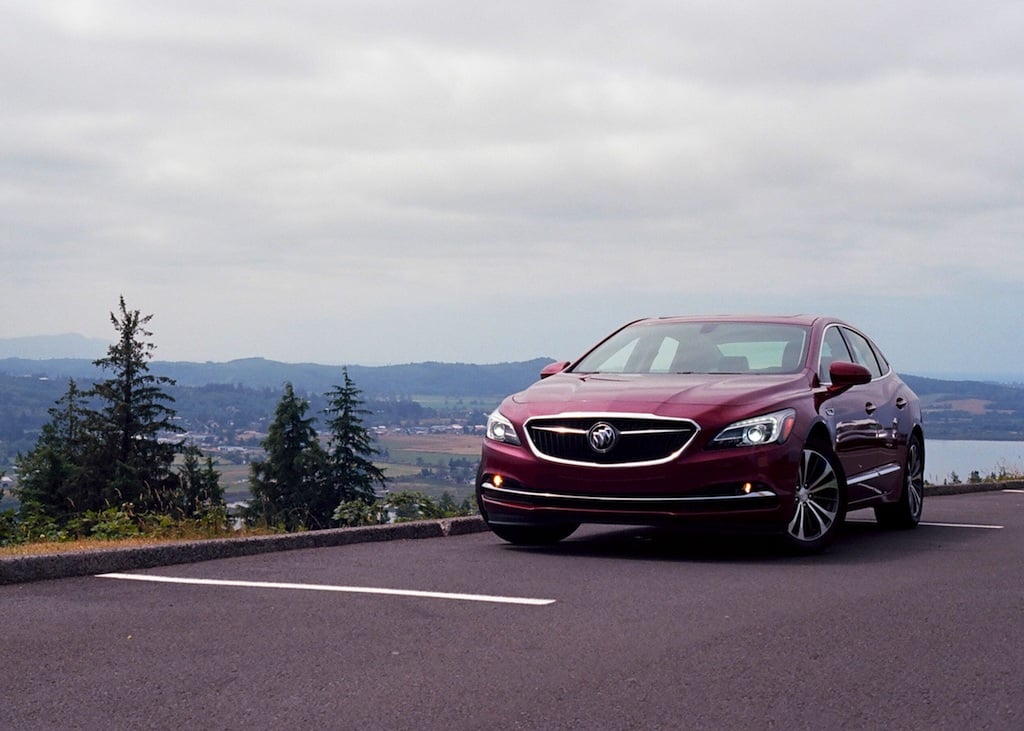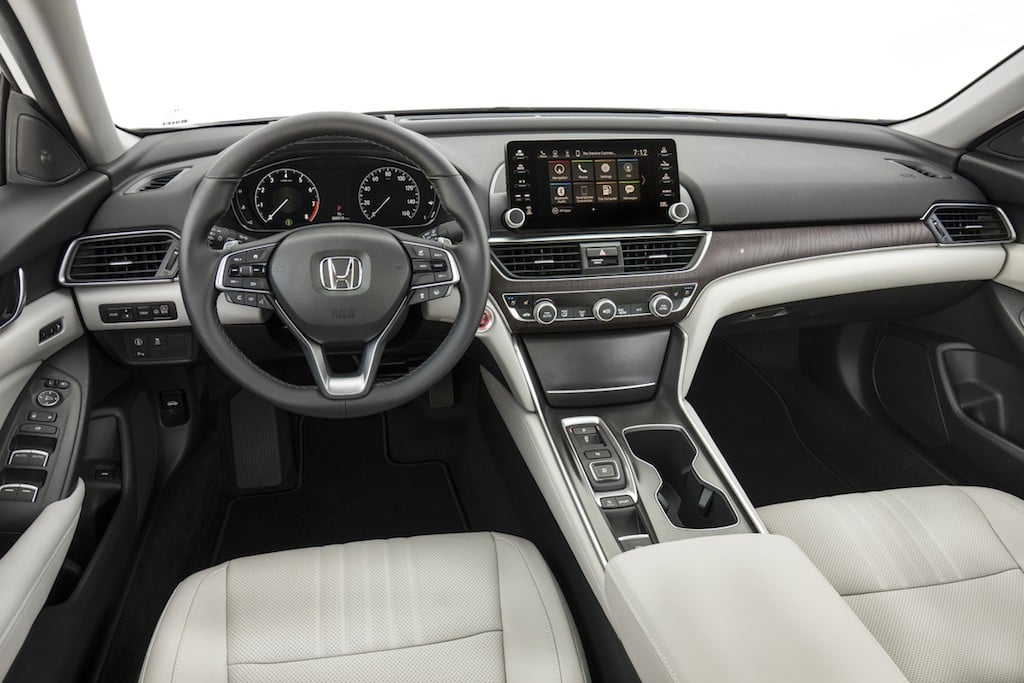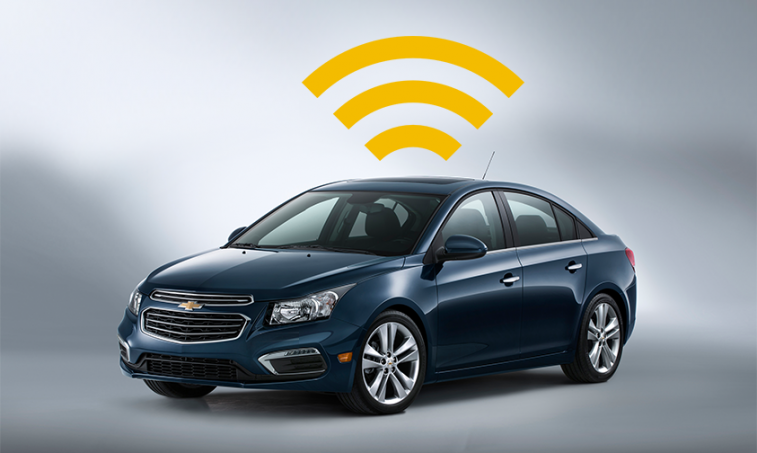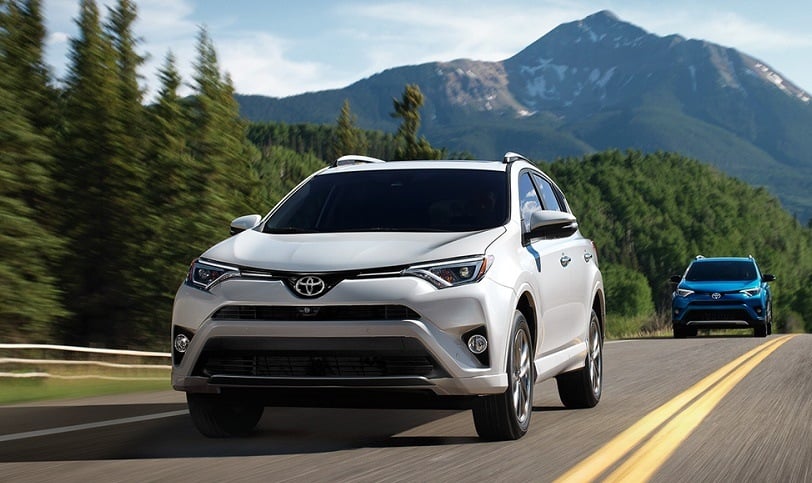The annual event, which runs from Jan. 27 through Feb. 4 at the Pennsylvania Convention Center, is planning football-themed tie-ins if the Eagles make it to the Super Bowl
If the Eagles upset the narrowly favored Minnesota Vikings in Sunday night’s NFC Championship Game, the entire region will be swept up in Super Bowl fever over the next two weeks.
The Philadelphia Auto Show is no exception.
For now, Eagles safety Rodney McLeod is scheduled to appear on Jan. 28, but if the Birds are in the big game, expect plenty of other football-themed tie-ins during the 117th edition of the auto show, which runs from Jan. 27 through Feb. 4 (Super Bowl Sunday) at the Pennsylvania Convention Center.
“If they do advance to the Super Bowl, we’re making provisions to be able to work off the energy in the city surrounding that,” Ian Jeffery, chairman of the auto show, said in a telephone interview Wednesday. “We had a conference call about this yesterday. We don’t have any specifics right now, but there are a couple of ideas out there.
“There’s a lot of energy surrounding the Eagles, and we’d love to be able to piggyback off that energy. If people are happy and in a good mood, they tend to go out and do more things. I think, with what’s going in Philadelphia right now, even if you’re not a sports fan, for the next couple of weeks you’re going to be (if the Eagles win Sunday).”
Not that the auto show needs a winning football team to generate excitement. The event, hosted by the Auto Dealers Association of Greater Philadelphia, attracts approximately 250,000 visitors annually.
“I think cars in general just fascinate mostly everybody,” said Jeffery, a Northeast Philadelphia native who remembers attending the auto show as a kid and falling in love with a convertible truck that was gone from the market about a year later. “When you buy a car, it’s all about emotion. I’m a dealer, and I still have to tell myself sometimes, they’re spending 40, 50, 30, 100 thousand dollars, there’s a lot of emotion going on. Your next new car, whether it’s a Honda or a Bugatti, there’s going to be an emotional tie.”
A large part of the show’s appeal is the chance to see the newest, pre-production models before they end up at area dealerships. This year’s crop includes the 2019 Ram 1500, the 2019 Ford Ranger, the 2019 Subaru Ascent, the 2019 Volvo XC40, the 2018 Jaguar E-PACE and the 2018 Jeep Wrangler.
“People want to see the new cars and all the modern stuff,” said Clarence DeBolt, owner of C&C Auto Sales in Riverside. “My son goes down every year because he wants to see what’s new for this year.”
According to Jeffery, 47 percent of people who visit the show will buy a car over the next year, but it’s not just potential purchases that are a lure. The chance to get an up-close look at a car you’ll likely never own is also a big part of the fun.
“You could be a nobody sitting in a brand-new Jaguar,” DeBolt said. “Any Tom, Dick and Harry probably won’t just walk into a Jaguar dealership, but (at the auto show), you can sit in cars you’ll never be able to afford.”
The festivities get underway with the annual Black Tie Tailgate from 7 to 11:30 p.m. Friday. The party benefits Children’s Hospital of Philadelphia, with this year’s event honoring the nurses. Jeffery said a crowd of more than 5,000 is expected (up from about 200 for the inaugural black tie party in 1986). He said the event has raised $8 million since its inception.
Highlights of this year’s show include the Super Car and Exotic Vehicle displays, the largest of their kind in the country and the biggest ever for the Philly Auto Show, according to a press release. The Super Car display will feature a Bugatti Chiron and Bugatti Veyron that are worth a combined $5 million, according to Jeffery.
The Exotic Vehicles display will feature such dream rides as the Aston Martin DB11, the Ferrari 488 Spider, the McLaren 720S and the Rolls-Royce Phantom.
Another crowd-pleaser is the Hollywood Cars display, back for a second appearance, which features the Mystery Machine from “Scooby-Doo,” Tow Mater from Pixar’s “Cars,” K.I.T.T. from “Knight Rider,” “The A-Team” van and multiple cars from “The Fast and the Furious” franchise.
“That’s a really big draw for us,” Jeffery said. “I came back from the Detroit Auto Show where they had a car from ‘Bullitt,’ the Steve McQueen movie. Everybody loves a little bit of nostalgia.
“K.I.T.T. is one of the Hollywood cars you remember watching every week as a kid, or maybe you’re taken back to watching ‘Scooby-Doo’ every Saturday morning. It just makes you smile.”
Speaking of nostalgia, the show also features four collections of classic cars, dating back to the early 1900s. The wide range of vehicles includes everything from a 1933 Auburn Speedster to a 1970 Plymouth Superbird.
There are also ride-and-drive activities, including a sixth consecutive appearance from Camp Jeep. The interactive adventure zone allows visitors to ride with professional 4x4 drivers along on- and off-road indoor tracks.
Another annual attraction is the DUB Show Tour, hosted by DUB magazine and described as “the best tricked-out rides, bikes and the latest in after-market excitement.”
Scheduled guest performers and celebrities include hip-hop artist Chill Moody (4 to 8 p.m. Jan. 27) and U.S. women’s soccer star Heather Mitts, who will be doing a meet-and-greet from 11 a.m. to 3 p.m. on Feb. 3. Several Philadelphia radio stations will also broadcast live from the event.
There’s always a party atmosphere to the show, and that could be even more palpable if a certain football team is playing in Minneapolis in two weeks.
“It’s just a great day out with the family,” Jeffery said. “Whether you’re a girl or a boy, people just have a fascination with cars. They love them.”
source: http://www.buckscountycouriertimes.com/entertainmentlife/20180120/philadelphia-auto-show-hopes-to-ride-wave-of-eagles-excitement

